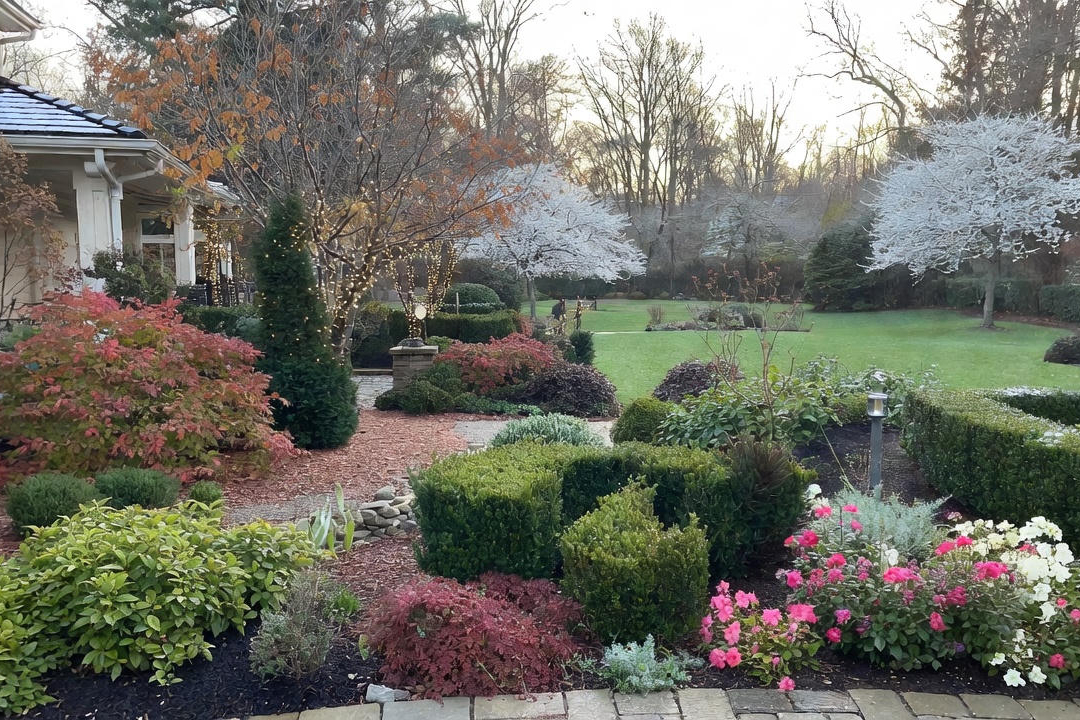
Trumpet vines (Campsis sp.) are gorgeous sprawlers for garden zones 4 to 9. They are quite beautiful in shades of yellow, orange, or red that flower all summer. Hummingbirds flock to the trumpet vine in droves in the early evening. It is a thick growing vine that is quite heavy with bright green foliage and tubular flowers shaped like trumpet bells. Trumpet vine resists deer, performs well in heavy soils like clay, likes part-shade to sun, and thrives in drought. While this native plant is a natural for a hummingbird garden, the trumpet vine is extremely aggressive. If you plant it, be prepared to spend maintenance time cutting it back as it easily charges through your garden by self-seeding as well as by suckers and underground runners. While climbing to 30 feet and more, it can also be used as a groundcover that can be used to disguise rocky areas or used on hillsides to prevent erosion.

When, Where, and How to Plant a Trumpet Vine
Plant the honeysuckle in spring in full sun to part shade. It adapts to a wide range of soils, but prefers a rich, fertile soil that is well drained. Consider amending heavy soil with a mixture of natural items such as rotted manure, compost, and worm castings make perfect soil amendments. Dig a hole that is as deep as the container it came in, then place plants in the holes and gently refill. Water consistently until well established, making sure the soil dries out between watering, and be sure to mulch to help protect its roots.
Trumpet Vine Growing Tips
Prune about 1/3 to 1/2 of the plant all the way back to the first bud growth each year. Rejuvenation pruning can happen should the entire vine begin to look ratty, suffer from disease, or become extremely invasive. Simply prune the entire vine back to the first bud growth in late winter or early spring before spring growth starts. Trumpet vine can self-seed in waves; the best way to handle this is to snip off the flowers just as they are fading before they have had time to form seeds.
Advice and Care for Trumpet Vine
Trumpet vine is slightly toxic when eaten and can cause intense skin swelling and redness when touched by mammals. It can suffer from many varieties of fungal problems such as powdery mildew and black spot. Help prevent these by planting in full sun as shadier conditions can encourage disease. Do not fertilize.
Be extremely cautious when planting so that it does not reside near small trees or shrubs; they will quickly be smothered by the trumpet vine. Both hummingbirds and butterflies appreciate the trumpet vines' nectar, which makes the plant a good choice for a pollinator garden. Plant the vine along fence lines or stalwart trellises.
Download iScape now and find plants and vines that will look beautiful in all types of landscapes. iScape it!




ds.jpg)
.jpg)
